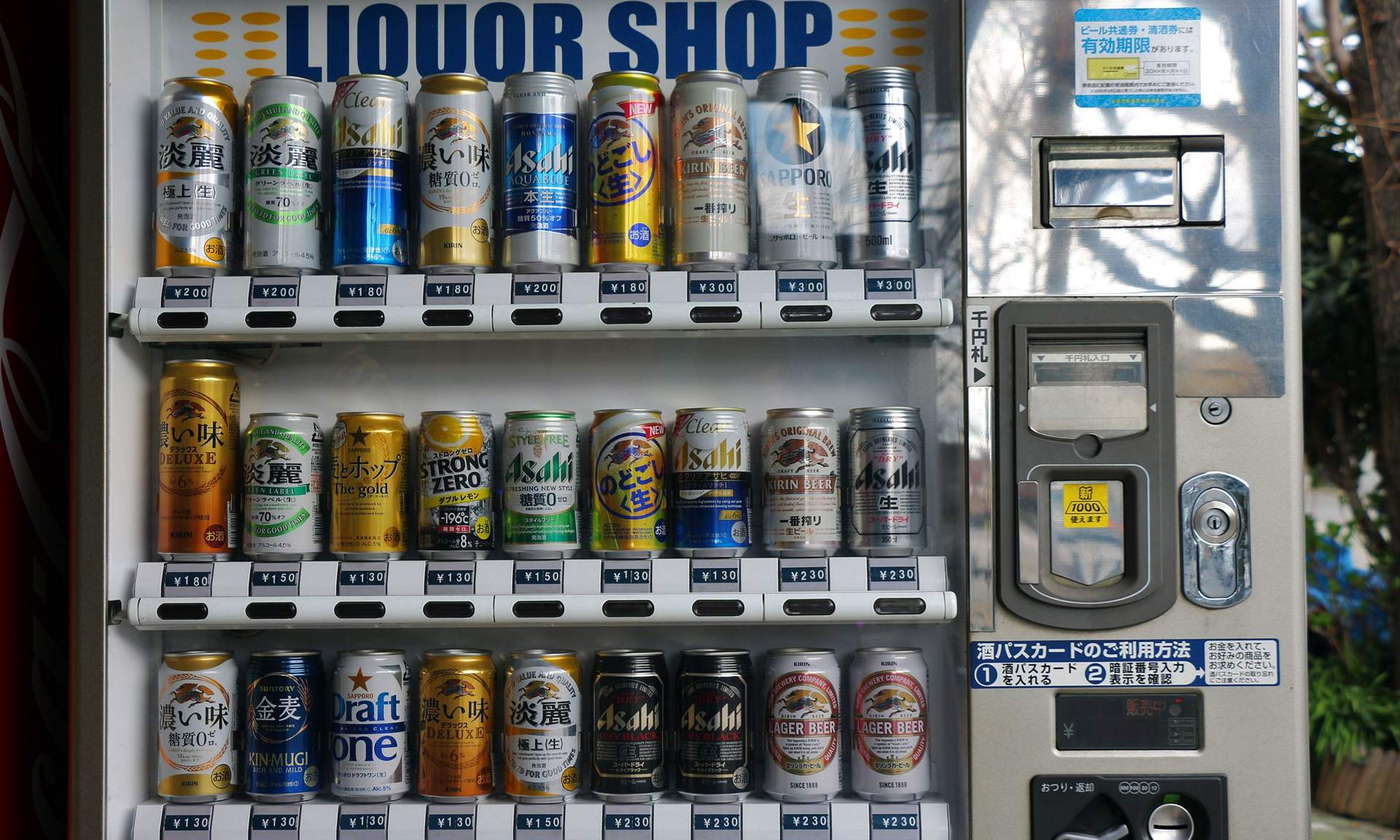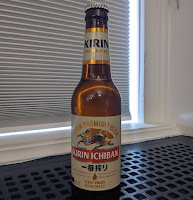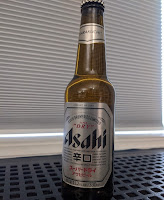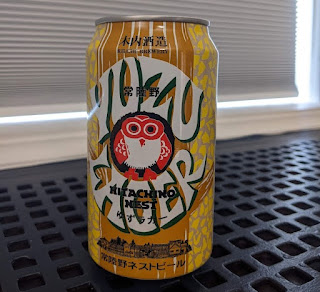
This beautiful summer weather has us craving a beer that is crisp, light, and refreshing-- so we turned to Japan for this month's Ale Together Now program! Japanese lagers are very well-loved in Japan, and are enjoyed throughout the United States as well. Typically brewed with rice, Japanese lagers feature a lovely clear appearance, with color ranging from straw to black, and a crisp body with sweet, grainy flavors. Let's dive in to this delightful and unique beer style by exploring the brewing process, history, and culture associated with the Japanese lager.
Rice is a common beer adjunct in Japan because it is a great local grain that is not only economical, but provides a light body and a dry finish to the beer. Rice is high in starch, which is extracted from the rice by overcooking it. This pulls as much starch as possible from the rice. Alternatively, brewers may use flaked rice instead, which has already been cooked and can be tossed straight into the wort to steep with any other malts used in the brewing process. Some brewers may use enzymes, like amylase, to convert the starches present in the rice to sugar.

Japanese rice lager, or bīru, is a light, easy drinking lager with a dry finish. The style is inspired by German lager styles and Belgian pale ales, but is brewed with local ingredients to create a nama-bīru, or craft beer. This beer style is typically pale straw to golden in color, with light, grain aromas and a crisp, light, clean mouthfeel. This beer has a nice grainy flavor and can be anywhere from 3.5% to 6.5% alcohol by volume (ABV).

The first beer we sampled was Sapporo, a light-bodied and refreshing lager that is popular in both the United States and Japan. This beer was originally crafted by a German-trained brewer in Sapporo, and is known as the oldest beer brand in Japan, first brewed in 1876.
Drinking culture is relatively popular in Japan, especially among young adults and the working class. Beer is consumed more than sake or whiskey in Japan, and can be purchased at bars or restaurants, convenient stores, and even vending machines and kiosks. There is a social honor system associated with vending machines and beer kiosks, because many locations do not verify that customers are drinking age, and many underage people are strict non-drinkers.

Photo of a beer vending machine in Japan from Wanderlust Magazine.
Beers in Japan are enjoyed on their own, but are also commonly used in cocktails by mixing with sake or whiskey, or mixed with juice to create a shandy.

Next, we sampled Kirin Ichiban from Kirin Brewing Company in Tokyo, Japan. This beer is 5% ABV, and is brewed using only the first press of the wort (hence ichiban, which means first as well as best in Japanese).
So how did Japanese beer come to be? In 1854, the Treaty of Kanagawa opened the beer market in Japan, and the first Japanese brewery, Kirin Brewing Co., formed in Yokohama in 1869. Shortly after, Sapporo Brewery opened in 1876 as a government-owned brewery. Pale, European-style beers were popular throughout the twentieth century. In the 1980's, a brewing competition was held in Japan to see which brewery could make the most dry beer-- and the popular Japanese brewer Asahi won, with an incredibly dry (and refreshing) brew. Nowadays there are more than two hundred microbreweries in Japan, and lager beers brewed with adjuncts are a very popular style. Yebisu (Sapporo) is the most popular beer in Japan.

Next, we sampled Super Dry by Asahi Breweries. This dry beer is crisp and clean, and is 5.2% ABV. The dry finish is an interesting aspect of this special brew!
There are three main beer styles in Japan: bīru, happoshu, and dai-san no bīru. Bīru means "beer", and refers to typical beers in Japan like Sapporo, Asahi, and other brews. Happoshu and dai-san no bīru are both alternative styles, that are very similar to beer but are categorized differently because they are considered separate styles from the typical bīru. Happoshu is a low malt, low ABV, beer-like beverage that contains less than 67% malt. It is taxed less than beer, is cheaper, and is commonly found in kiosks or beer vending machines. Dai-san no bīru is known as "the third beer". This malt alternative beverage is often brewed with pea or soy protein, rice, or corn. It is relatively new to the market, and is popular among younger drinkers.

Our last beer sample of the program was Yuzu Lager from Kiuchi Brewery in Naka, Japan. At 5.5% ABV, this beer features the addition of a lovely citrus fruit called yuzu, which lends a refreshing acidity to the crisp mouthfeel of this lager.
Japanese lagers lend uniquely crisp, refreshing flavors to the beer world, and it was wonderful to explore Japanese beer culture with Michelle in this month's Ale Together Now program. Keep an eye out in your local beer stores for a variety of Japanese beers to try out this summer, from fruity specialty brews to the well-loved Asahi and Sapporo-- you'll be glad you did!
Cheers!